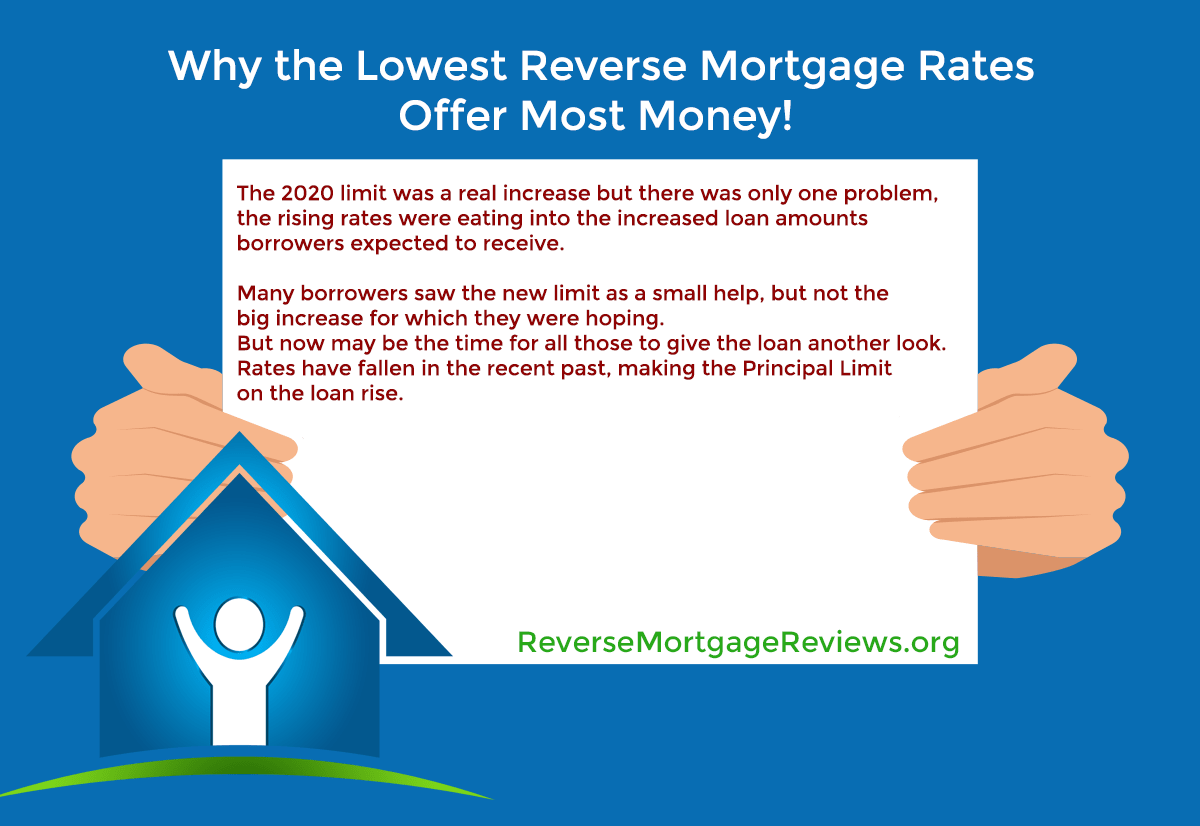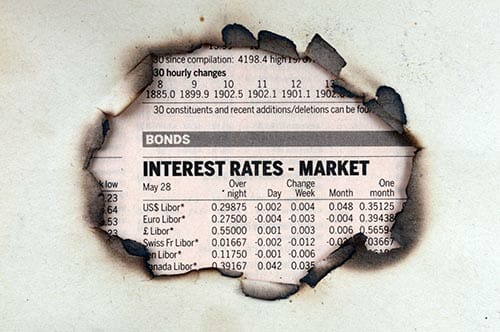Maximize Your Reverse Mortgage Benefits: Insider Tips on Low Rates in 2024
Mike Branson Jr. – Author
Mike Branson Jr. has 25 years of experience in the mortgage banking industry. He has devoted the past 19 years to reverse mortgages exclusively. Mike has worked in several aspects of the Mortgage industry, including Loan Origination, Underwriting, and Management.If You’ve Looked at a Reverse Mortgage in the Past, You May Want to Look Again!
If you have ever investigated a reverse mortgage or have thought about it, especially in the past 24 months, and didn’t think the numbers worked for your needs, it may be time to check again. We say this because one of the main factors determining how much money you will receive in your reverse mortgage is the interest rate.
Since HUD changed the Floor Rate on the program, borrowers have received less money as interest rates rose. However, now that we have seen a recent drop in the rates, borrowers have been getting more reverse mortgage proceeds than they have for quite a while.
This is even better news for borrowers with property values at or above the old loan limit of $636,150.
Current reverse Mortgage Limits
HUD raised the lending limit significantly this year when the new 2024 limit was published at $1,149,825, over $40,000 higher than the previous limit. You had to go back to 2009 to see increases like that, and then it was part of the stimulus plan but stayed the same for several years before moving slightly higher.
The 2020 limit was an actual increase, but there was only one problem: the rising rates were eating into the increased loan amounts borrowers expected to receive. Many borrowers saw the new limit as a small help but not the significant increase they hoped for.
But now may be the time for all those to give the loan another look. Rates have fallen recently, making the Principal Limit on the loan rise. Borrowers now receive more proceeds on the reverse mortgage loan than they have for a long time.
And since the rates are down, you accrue less interest on the money you borrow, making it a win-win situation for borrowers when the stock market is not kind to people’s 401KS and other investments.
Why does a reverse mortgage give you more money when rates drop?
As we stated, HUD uses several factors to determine the amount of money the borrowers will be eligible to receive under the program. This benefit amount is called their “Principal Limit,” which is the maximum loan amount before any line of credit growth or limitations HUD places on draws. I will get into that in a minute.
Your Principal Limit is the amount of money you are eligible for, but your available Principal Limit may differ based on how you wish to draw the funds. For example, if you are using all the money to pay off existing loans, all the funds are available, and HUD does not limit the proceeds under the adjustable line of credit or the fixed rate loan.
However, if you do not have a loan on your home now, HUD limits the amount you can draw at closing or in the first 12 months on any of the programs to 60% of your Principal Limit. Furthermore, only one draw is allowed on the fixed rate program, so you would forfeit anything that you cannot take at closing on the fixed rate product.
If you combine the HUD limitations on the draws with amounts that thousands could drop of dollars by increased interest rates, many borrowers felt that the loan didn’t meet their needs. HUD uses the 10-year LIBOR index to determine the “Expected Rate,” which is the rate that will determine the amount of money you receive with your loan, even though it is a rate at which you do not accrue interest.
The importance of this rate, though, is huge. You may not accrue interest on your loan at this rate, but the longer-term rate is higher than the 1-year rate on your mortgage if you have the line of credit program, and therefore, the interest rate used to determine your loan amount is higher.
The higher the rate, the lower the proceeds.
This didn’t even come into play before HUD changed the “floor” rate because all loans with an expected rate a little over 5% or less all received the same proceeds and rates were low enough to where all loans were below this rate for years.
Then, with HUD moving this floor to 3% and rates rising, all loans soon received less money as the rates increased. HUD still has its 60% rule, but now that rates have come down, borrowers are pleased to see that they are receiving more money.
What does all this mean to borrowers? More Money!
We don’t have to go back a year to do a little comparison that might shock you. For a 62-year-old borrower with a property worth the maximum value or above, the difference the lower rate makes is a little over $24,700 in proceeds to the borrower.
That means that the same borrower will receive over $24,700 more now versus what they would have gotten just in January or February of this year with no other changes!
Different values and ages will show different results, but I think you will agree that this is huge. This illustrates that it doesn’t take a 3-year time frame to make a difference and that it pays to keep abreast of the market.
And, based on all the economic news as of late, next week should be even better for borrowers (this is not a guarantee; rates are subject to change, and that prediction is based on news events that have already taken place ? no one knows for sure what the future will bring).
But if nothing else, we wanted to show borrowers that if they looked before and were unhappy with the results, now might be a good time to check it out again.
We can’t force HUD to make the loan any more advantageous, and we can’t improve the interest rates, but we can tell you when HUD does do something good, or rates have improved, and that time is now! Lending limits are up, and rates are down.
Summary
If you like the idea of more money on your loan at a lower cost, compare our Top 5 Lenders and see what the current rates will do for you.
Remember, your expected rate is locked in for 120 days from the date of application, with a 1-time “float down” available when you order documents. If the rates should continue to drop, you have all the upside and no downside by looking into it now.
To learn more about how a HECM loan might be right for you, contact one of our Top Reverse Mortgage Lenders or check your eligibility with our free reverse mortgage calculator.
Additional Resources:
|
No Comments on “Maximize Your Reverse Mortgage Benefits: Insider Tips on Low Rates in 2024”
|



